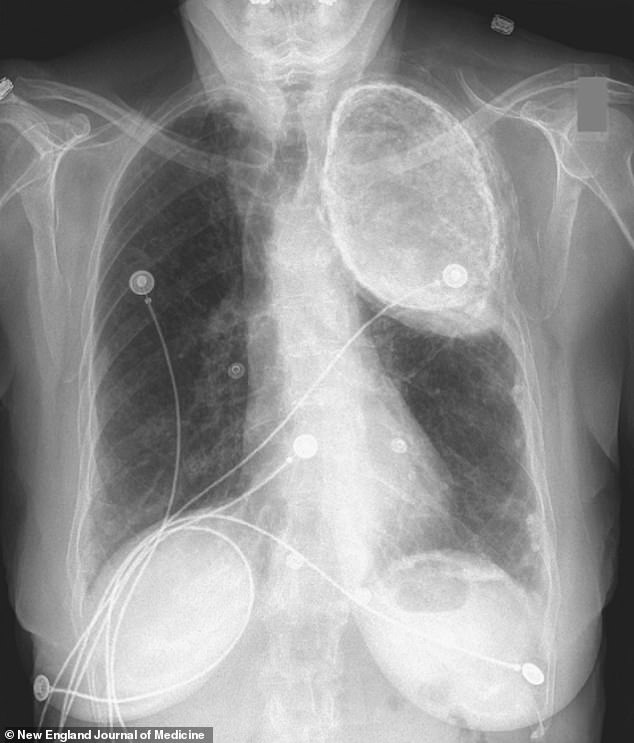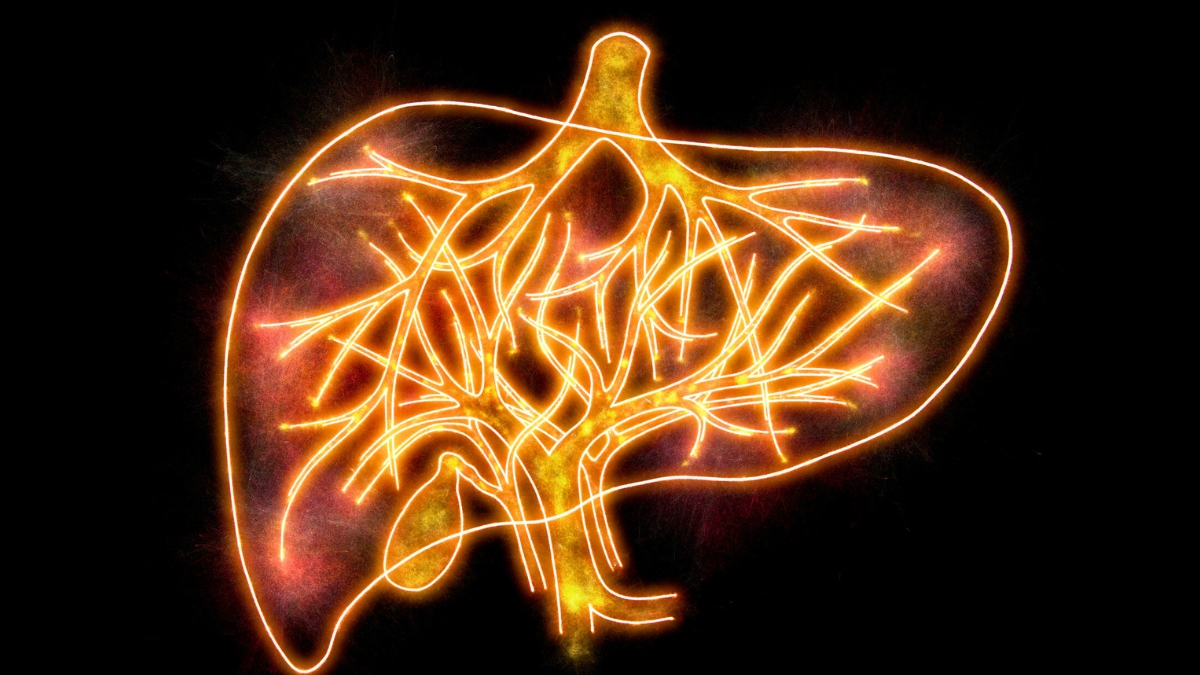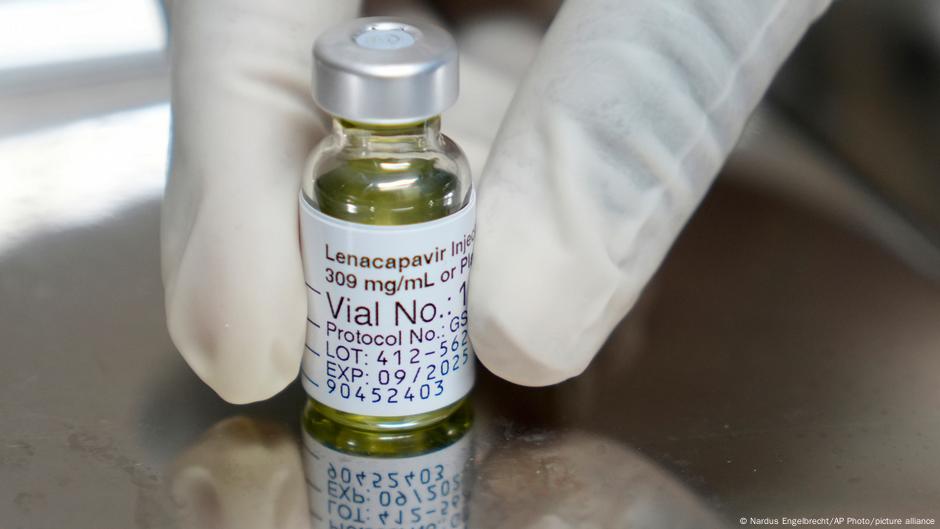Now it’s OCD Awareness Week, a chance to dispel myths and to share hope for an illness that’s still sometimes overshadowed by anxiety and depression, or caricatured (we’re not all preoccupied with germs or hand-washing).
Another reason for hope: InStride Health, launched by local clinicians Dr. Mona Potter and Dr. Kathryn Boger, the co-founders of the McLean Anxiety Mastery Program. Next, they wanted to create more opportunities for the thousands of kids who need OCD care but who couldn’t afford private pay or who were languishing on wait lists. Their pediatric startup provides insurance-backed, virtual care for kids in Massachusetts and beyond.
Kids are paired with a therapist, exposure coach, and a psychiatrist, and most kids can be seen within a couple of weeks — a relief when wait lists for therapists can stretch for months. If your kid is afraid to go to school, terrified of germs, or trapped in a world constrained by fear, it can feel like eternity. Trust me; I remember.
“A child’s brain is a sponge. What OCD does, what anxiety does, is it robs a child of the chance to really experience the world on their own terms. We want to help them change their relationship with the OCD. We’re not going to make it go away; we’re going to help the child, parents, school, everybody, respond to these emotions in a different way that’s more productive,” Potter says.
My experience mirrors the typical trajectory. About 1 in 5 cases begins by age 10, with upticks around puberty and young adulthood. OCD isn’t caused by parenting, Potter says. It reflects a sensitive brain alarm system, partly genetic, shaped by environmental and developmental changes.
“Genetics contributes 40 to 50 percent of the risk of OCD; the genetic contribution appears to be higher in childhood-onset than in adult-onset disease,” she says.
And while awareness has grown, treatment delays are still common: Many kids still go years before an accurate diagnosis.
“With early recognition and evidence-based care, OCD is highly treatable,” Potter says. In honor of all those kids who used to struggle in silence — and those who still do — here’s what to know about OCD.
What OCD is: OCD is diagnosed when intrusive thoughts, images, or urges cause anxiety. As a result, the sufferer feels compelled to perform actions or mental rituals to get relief, so much so that it disrupts life, Potter says.
Obsessions are persistent, intrusive thoughts, images, or urges that cause distress (like my fixation on ear lumps). Compulsions are repetitive behaviors or mental rituals to reduce distress or prevent something bad from happening. They can be behavioral and visible — like hand-washing or checking — or invisible, like counting or praying.
Sometimes, compulsions are related to a fear (like checking a stove to make sure you turned it off so the house doesn’t burn down); other times, they aren’t logical (walking on a certain side of the road to keep your parents safe). Most of all, these obsessions or compulsions consume time, often more than an hour per day. They’re exhausting.
And, saddest of all, many kids “know behaviors are hurting their lives or are distressed by them, but they still feel unable to stop. Shame is common and delays asking for help,” Potter says.
There are lots of OCD strains: fear of contamination; needing things to be perfectly symmetrical; relationship doubts with checking and reassurance; and existential worries, such as rumination about death or mortality.
What OCD isn’t: Lots of people have daily rituals, like tapping a can of Diet Coke before opening it or lighting a candle when walking into a room. The difference? These behaviors are grounding, and they’re optional. If you can’t do them for some reason — let’s say you’re out of matches — you can move on. With OCD, functioning stalls until the behavior is complete.
“It’s exhausting, not because the person wants to think this way, but because the OCD is directing them. It’s like having mental pop-up ads. Our minds usually click them away quickly and without much thought, but in OCD, the pop-ups stick around and start taking over, and even if you do what they say and click them away, they come back,” Potter says.
How it’s treated: The good news is, OCD is highly treatable. The gold standard is exposure and response prevention. This is a specialized form of cognitive behavioral therapy that re-trains the brain’s alarm system by facing triggers (or exposures) and by resisting the corresponding ritual (response prevention).
Here’s an example: For a long time, I avoided walking up flights of stairs, because it would make my heart race, which I’d then obsess over. My heart was definitely about to explode. So my therapist made me walk up and down several flights, creating the very symptoms I avoided — and realize that, no, my heart wasn’t going to collapse. With ERP, Potter says, more than 70 percent of kids improve significantly.
Medication also helps. It won’t erase the OCD; instead, think of it as a way to turn down the noise and reduce symptom intensity, making therapy more fruitful. SSRI (selective serotonin reuptake inhibitors) are the most commonly prescribed medications for OCD. I take Prozac.
What parents can do: For support, Potter recommends resources including the International OCD Foundation and Anxiety and Depression Association of America.
You can also try to separate your child from the OCD by externalizing it: “This is OCD talking, not you.” Some kids find it helpful to give it a name.
“We’ve had kids give it the funniest names. They’ll call it Broccoli. My favorite was Miggy, after amygdala, our limbic fear system,” Potter says. “The idea is externalizing the OCD. OCD is trying to tell you what to do and trying to say that, if you don’t do this, then your day is going to be bad or a bad outcome is going to happen. But this is OCD: You don’t always need to listen to OCD.”
Notice, name, and respond deliberately. “When OCD tries to run the show, pause before problem-solving or directing. Lead with empathy: notice and name what your child is feeling, reflect it with your words and body language, and then gently pivot to action by coaching one tiny step toward what they’re avoiding,” she says.
Most of all, don’t accommodate the OCD. This might seem counterintuitive: You don’t want your kid to be upset; neither do their teachers or friends. But accommodation can backfire in the long run.
“Parents often buffer distress by answering reassurance questions, assisting in avoidance behaviors, or creating work-arounds. It helps in the moment but grows OCD over time because it takes away the opportunity for kids to learn that, yes, they can really handle a challenging situation,” Potter says.
“We are ‘nice’ by trying to reduce distress in the moment, but the ‘kind’ thing to do is to show kids we believe in them and know they can handle it. There’s a concept in schools [that] moved from helicopter parenting to lawnmower parenting, where the urge is to clear the path for our kids. But that deprives them of the chance to build muscles and see that they can handle and get through the muck.”
As psychologists Alex Jordan and Ben Levett wrote recently in the Globe: “Anxiety feeds on avoidance,” they wrote. “When students take on what they’d rather avoid, they learn that worst-case scenarios rarely materialize, that discomfort is survivable, and that anxiety diminishes with practice.”
Finally, praise their efforts. When your kid takes a step away from an OCD behavior and tolerates uncertainty, name it out loud: “You felt the urge and still chose bravery,” Potter says.
How a kid can explain OCD to their friends: I wished I’d had a way to explain what was going on in my brain when I was younger. My mind felt like a CD that kept skipping. People couldn’t really relate.
Here’s what Potter suggests.
Younger kids could say, “Sometimes my brain gets stuck on worries. It tells me I have to check or repeat things to feel safe. I’m learning how to ignore those false alarms so my brain can calm down.”
Teens could say, “I have OCD, so my brain sends false alarms. I feel like I have to do things a certain way to calm down. I’m practicing not doing the rituals so I can retrain my brain.”
If you’re dealing with friends or family who just don’t quite get it? Try this: “Everyone gets random thoughts. Mine sometimes get stuck and feel important even when they aren’t. I’m learning to face them without rituals so I can get my freedom back.”
And for anyone currently struggling? Take it from me: You really can get your freedom back, and you will. This illness is part of you, but it doesn’t define you.
Kara Baskin can be reached at [email protected]. Follow her @kcbaskin.
First Appeared on
Source link












